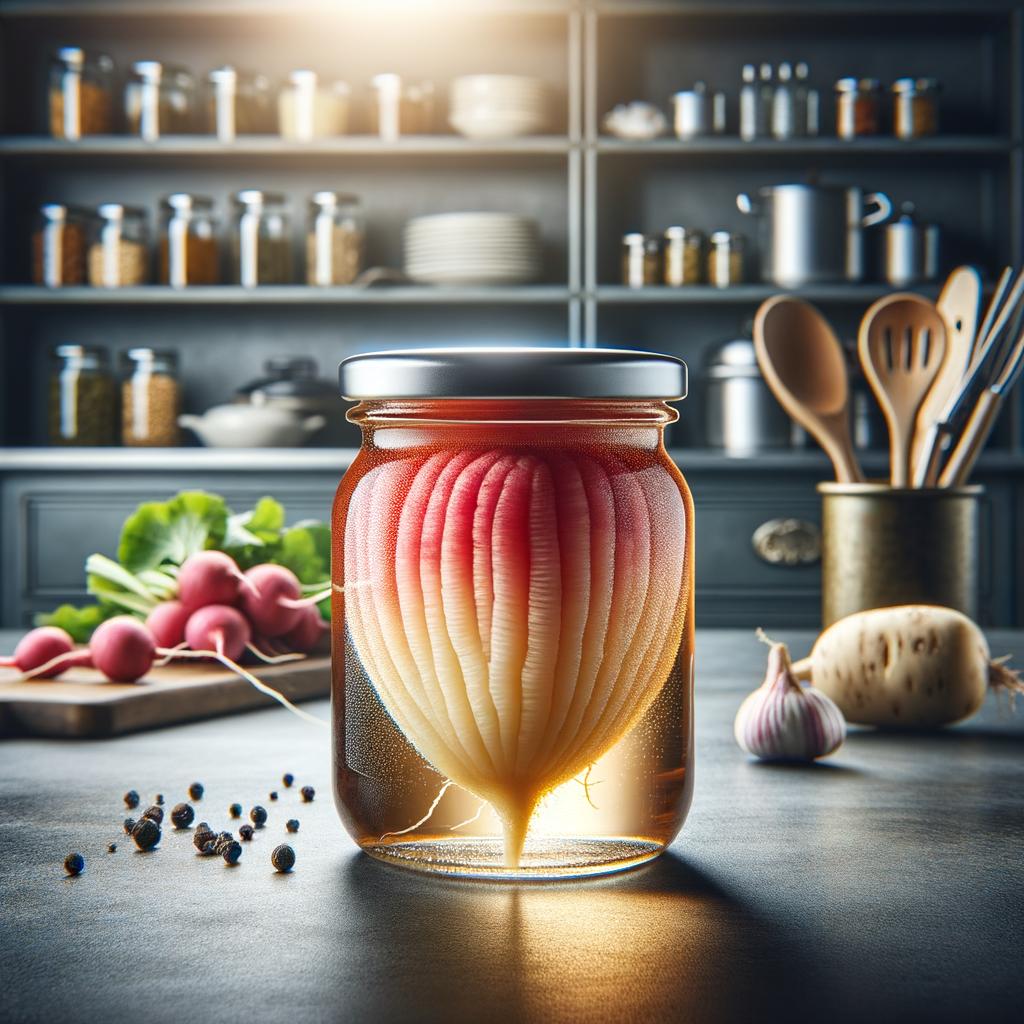Preserved Radish

Preserved Radish
Description
Preserved radish, also known as "chai poh" in Chinese or "takuan" in Japanese, is a unique food ingredient that is both versatile and flavorful. It is a radish that has been salted and dehydrated, resulting in a crispy texture and a complex flavor profile that is both sweet and salty. Its appearance is quite distinctive, ranging from a vibrant yellow to a deep brown color, depending on the method of preservation. The preserved radish's unique characteristic is its ability to retain a crunchy texture despite being cooked, setting it apart from other preserved vegetables.
Primary Uses
Preserved radish is commonly used in a variety of Asian cuisines, particularly in Chinese, Thai, and Japanese cooking. It is often used in stir-fries, rice dishes, and as a topping for congee (rice porridge). In Thailand, it is a key ingredient in the popular street food dish, 'pad thai'. It adds a unique crunch and a burst of flavor that enhances the overall dish. Beyond its culinary uses, preserved radish also has cultural significance in certain Asian communities, where it is often included in New Year celebrations as a symbol of longevity and good fortune.
History
The history of preserved radish dates back centuries, originating in East Asia as a method to prolong the shelf life of radishes during winter months. It has a romantic history, often associated with survival and resilience during harsh winters. Over time, its use has evolved from a simple preservation method to a beloved ingredient in various cuisines. There are also folklores associated with preserved radish. One Japanese tale tells of a samurai who, after eating preserved radish, gained the strength to win a crucial battle.
Nutritional Information
Preserved radish is a low-calorie food that is high in fiber, providing a sense of fullness and aiding in digestion. It is also a good source of Vitamin C, a powerful antioxidant. However, due to the preservation process, it can be high in sodium, so it should be consumed in moderation, especially for those watching their salt intake. Compared to fresh radishes, preserved radishes have a lower vitamin content but a higher mineral content due to the added salt during preservation. Despite its high sodium content, when consumed responsibly, preserved radish can be a flavorful addition to a balanced diet.

